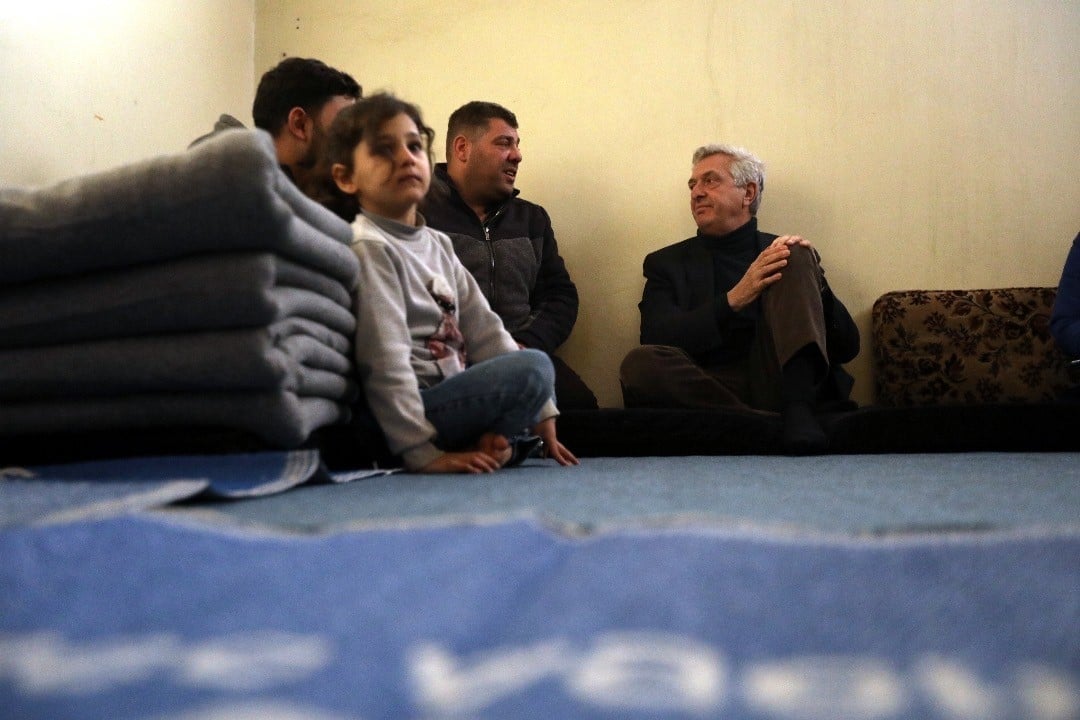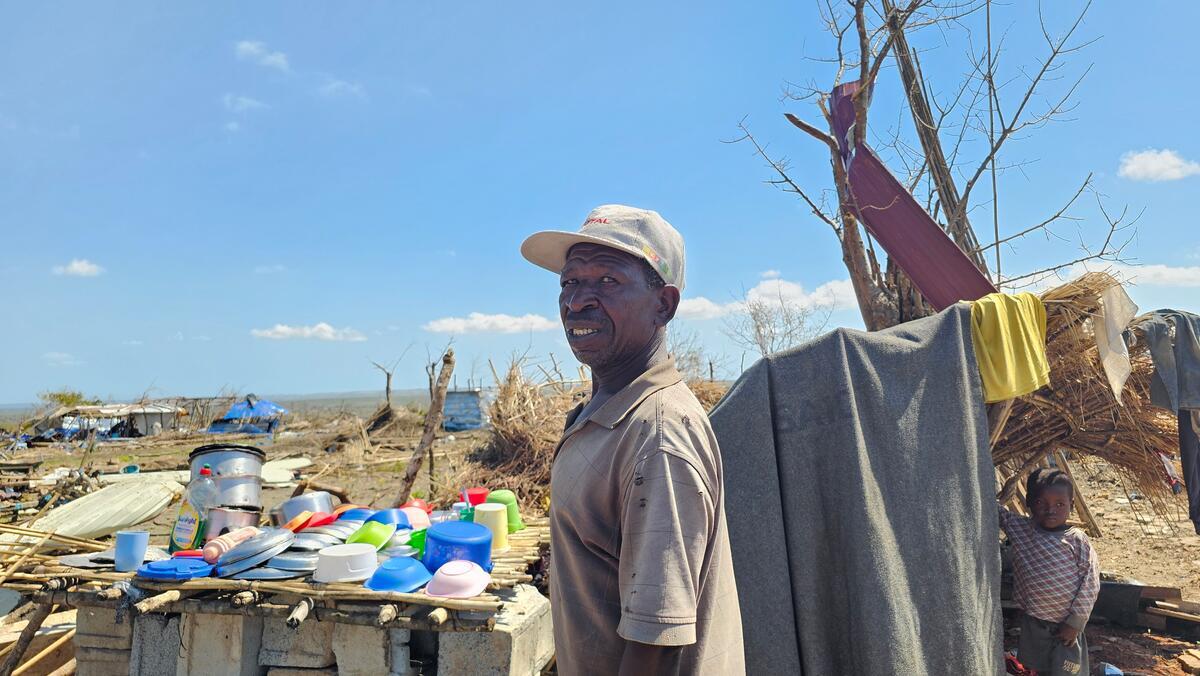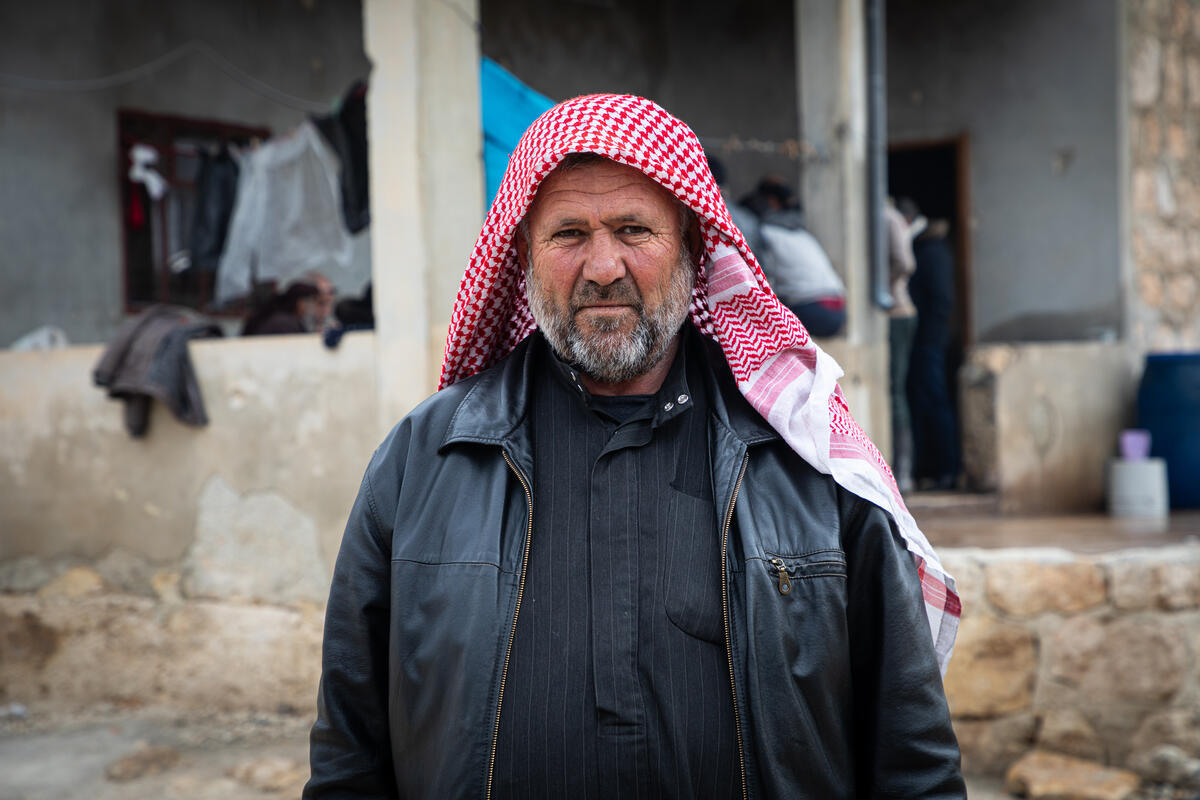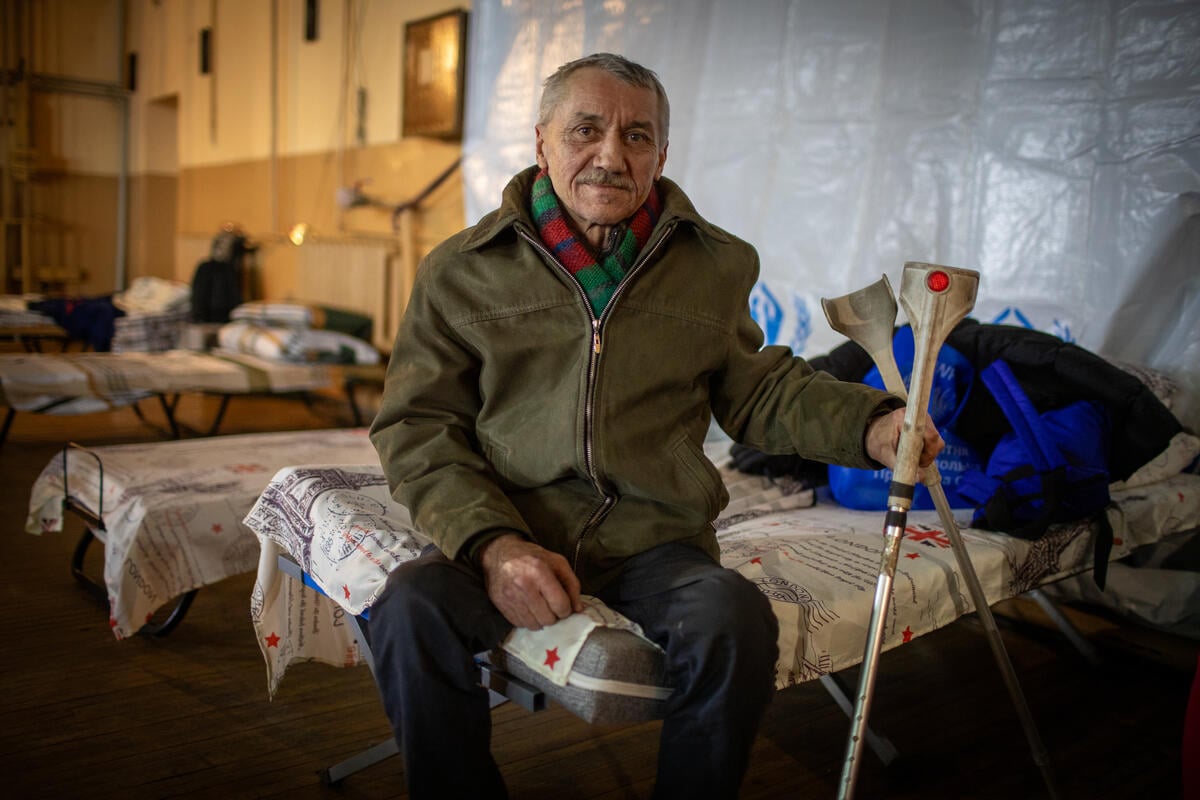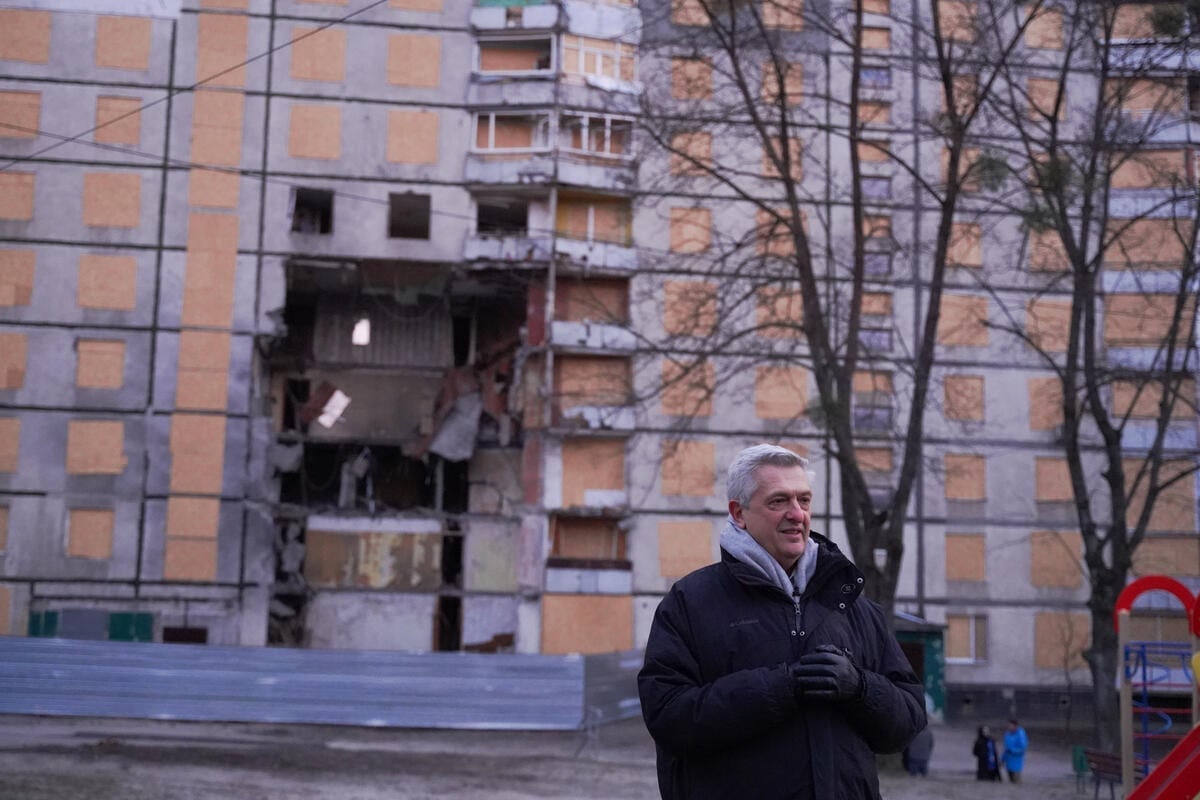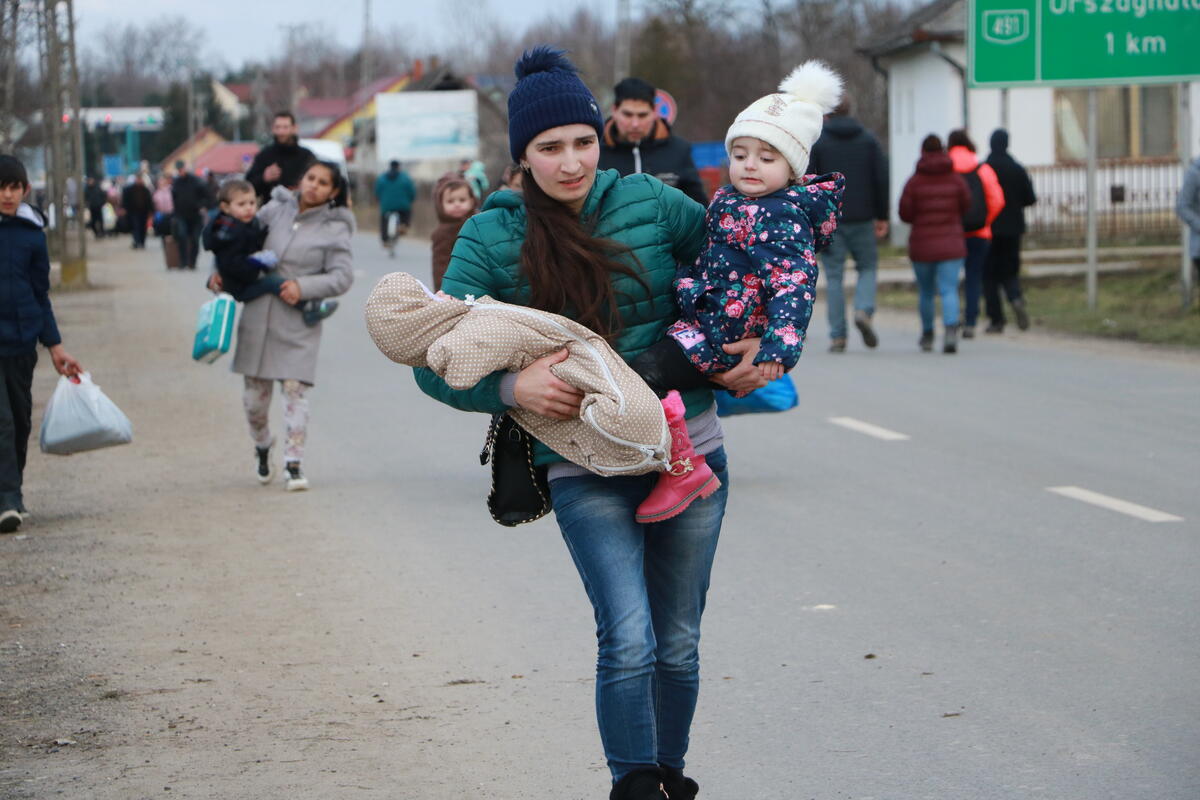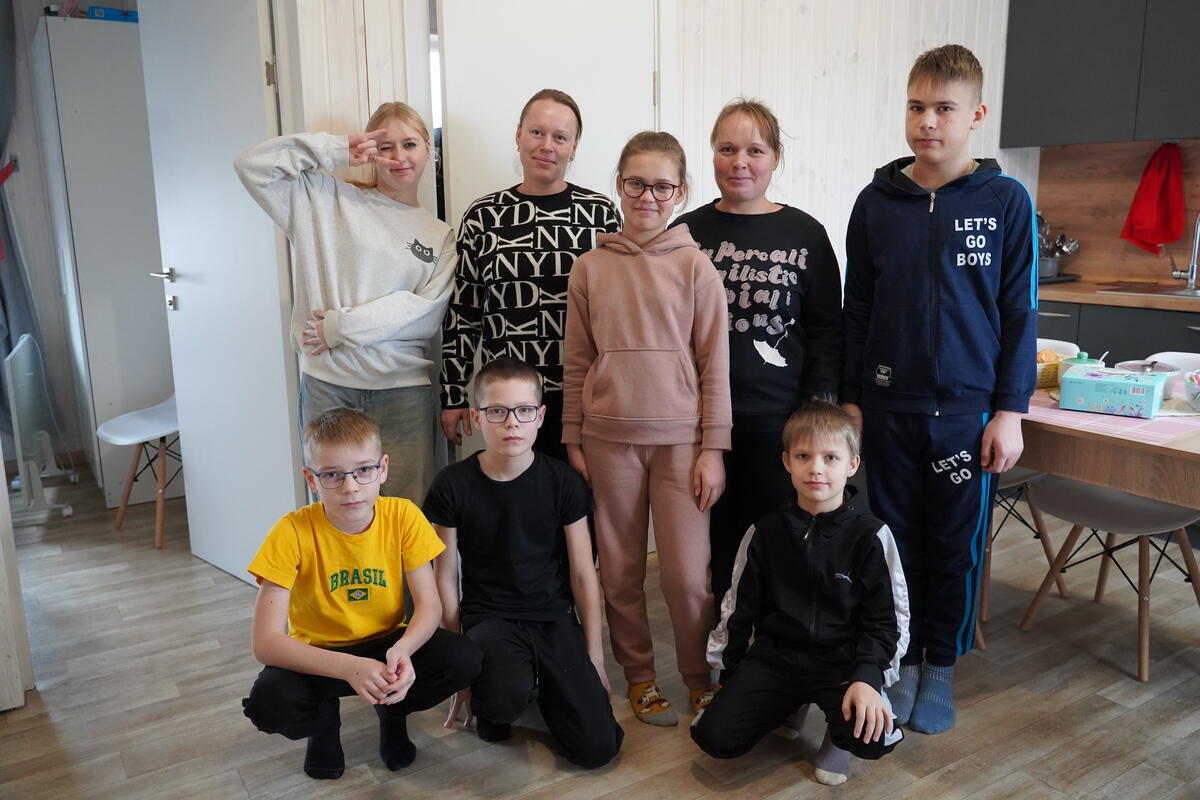Internally displaced Colombians fight for survival in the city
Internally displaced Colombians fight for survival in the city
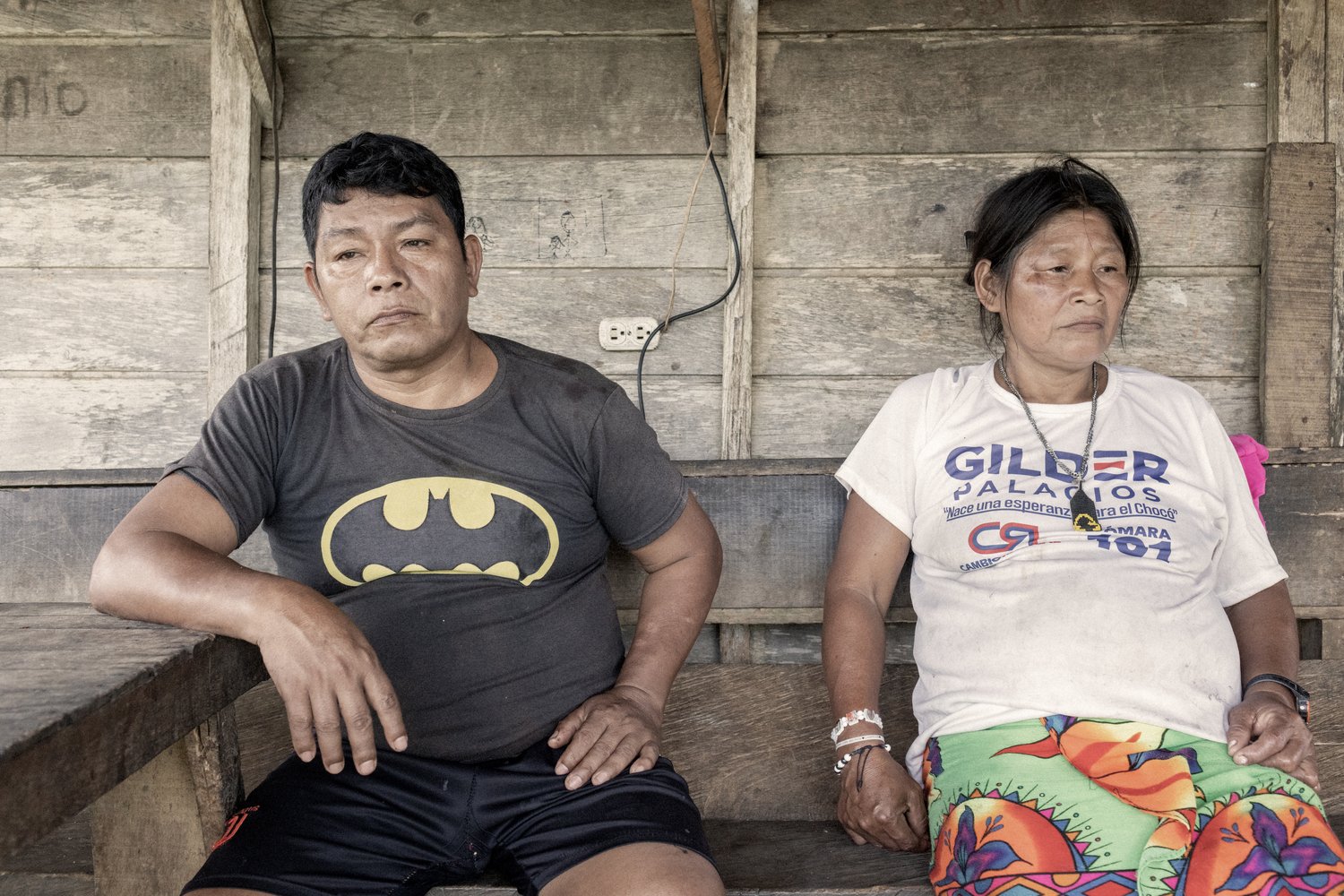
Afranio Nama Forastero, who was the chief of his village in the Chocó but has struggled to find steady work in Quibdó, at home with his wife in the marginalized neighbourhood of Brisas del Pueblo.
It was 1998, and he was living with his parents and two siblings in one of the Afro-Colombian villages that dot the banks of the rivers that crisscross the Chocó, a remote jungle-covered region on Colombia’s Pacific coast that has long been a hotbed of violence amid the country’s more than 60-year-long armed conflict.
When fighting between guerrillas, paramilitary groups and the Colombian military came dangerously close to the Córdobas’ riverside hamlet, the family took the excruciating decision to leave everything behind. Under the cover of darkness, they snuck away, taking refuge in a dense patch of jungle. At dawn, they made it through a firefight and to the dugout canoe that would take them, along with many of their neighbours, to the Chocó’s main city, Quibdó.
“When I arrived in Quibdó, I realized what I had lost.”
While they were safe in the city, life there was anything but easy.
“When I arrived in Quibdó, I realized what I had lost,” recalled Carlos, now 32, adding that in the city he no longer had the freedom and intimate connection with nature that had been the cornerstones of his life in the village. He also fell behind in his studies. The family had fled without any documents and it took them two years to get the kids registered in school.
But for his parents, the situation was even more dire. In Quibdó, they no longer had arable land to grow food, nor could they simply walk down to the river to cast a net to catch dinner. They also lacked the skills to get work in the city.
“Seeing my parents totally desperate because they didn’t have any way of supporting us made me cry,” said Carlos.
The Catch-22 that the Córdoba family found themselves in is typical for residents of the Chocó and many other areas of Colombia, which has the world’s second-highest population of internally displaced people after Syria at 6.8 million. Remaining in their ancestral villages means living with the ever-present spectre of violence. While the Colombian government signed a peace agreement with the main guerrilla organization, the Revolutionary Armed Forces of Colombia, or FARC, in 2016, the conflict between other guerrilla groups and paramilitary factions continues in the Chocó, as well as in the nearby Cauca and Nariño regions and the eastern Arauca and Norte de Santander regions, on the Colombo-Venezuelan border. On the other hand, fleeing to the city means potentially being plunged into misery and hunger that can last years, or even decades.
Adapting to life on the margins
The decision to flee also means leaving behind a traditional way of life that dates back centuries, to when the Chocó initially became a refuge for Indigenous and formerly enslaved people escaping persecution.
Multiple death threats forced Afranio Nama Forastero, a 53-year-old Embera Indigenous man, to flee with his family to Quibdó in 2014. They settled in a wooden shack in Brisas del Poblado, a neighbourhood on the outskirts of the city that was carved out of the surrounding wilderness in the late 1990s by displaced people with nowhere else to go.
While back home Afranio was the chief of his village, he has struggled to find steady work in Quibdó.
“If we lived in our community, we’d be fine, but as displaced people it’s been hard and we’ve had to adapt to what I call the ‘bad life’ – scraping by without a job and eating sometimes just once or twice a day,” he said.
But the most painful part of Afranio’s years in Quibdó has been seeing his children drift away from Embera traditions.
“We’re losing our culture, our customs and all that … losing our identity,” he said, adding that most of the young people who have grown up in Quibdó no longer speak Embera. “Now, it’s all Spanish.”
“It hurts,” he said with a sigh.
Seeking to build new social bonds within their communities, both Afranio and Carlos have turned to volunteer work. They are members of Brisas del Poblado’s Junta de Acción Comunal, or Communal Action Group, which aims to break the cycle of hopelessness through community projects and extracurricular activities for local youth. The group, which receives support from UNHCR, the UN Refugee Agency, organizes afterschool football practice and dance lessons aimed at keeping kids active and engaged. It also works with local residents to spearhead other projects, including a community centre that is still in the planning phase, as well as to support families in acute need. UNHCR is also working to help residents secure titles to their homes – a key step in facilitating access to basic services, such as water and electricity. Eventually, this legalization process will allow residents of Brisas del Poblado to own homes.
Carlos says it is the memory of his own childhood displacement that motivates him to volunteer with the Junta de Acción Comunal.
“I would like to have been a part of a programme like the one we have now,” he said. “I see that [the children] are able to escape from the cloud of impotence, despair and sadness that comes with … leaving it all behind.”


